On August 21, Master - Doctor Phan Le Minh Tien (Department of Nephrology - Urology, Children's Hospital 2, Ho Chi Minh City) said that the abdominal ultrasound results showed that baby X. had a very large mass of water occupying the entire abdomen, at the largest position the diameter was up to 80 cm. In addition, the ultrasound did not see the baby's right kidney, suspecting that the kidney was the giant mass of water.
Seeing no signs of activity in the right renal pelvis and ureter, the doctor finally concluded that baby X. had giant hydronephrosis with severe reduced function, suspected to be due to congenital stenosis of the renal pelvis-ureter junction.
Master - Doctor Le Nguyen Yen (Deputy Head of the Department of Nephrology - Urology, Children's Hospital 2) said that as soon as the diagnosis results were available, baby X. was scheduled for surgery to quickly relieve the blockage, hoping to save the remaining right kidney.
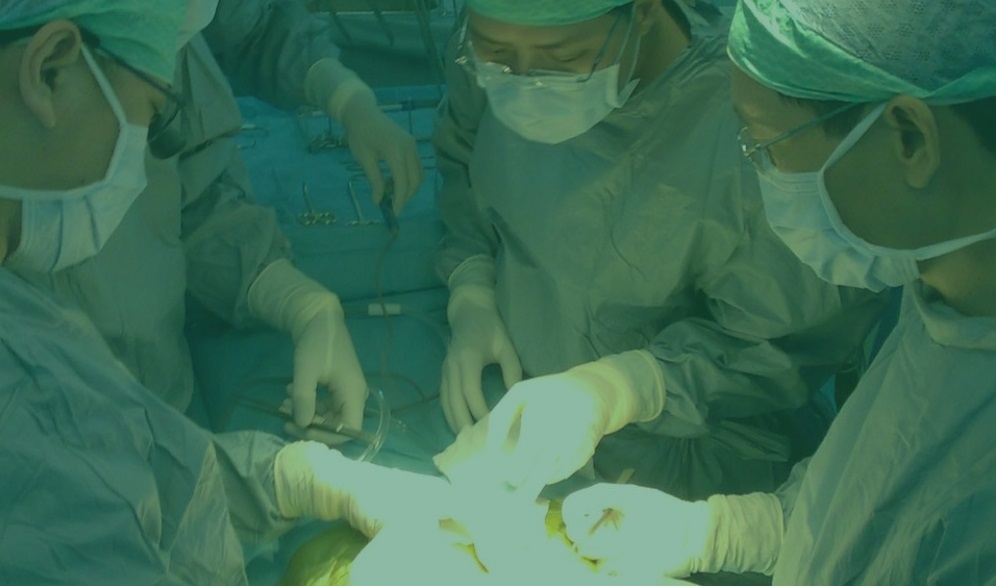
Pediatric surgeons
After nearly 2 hours of surgery, the surgical team diverted 1.5 liters of urine, reducing the maximum pressure on the remaining fragile kidney tissue. The doctors removed the congenital narrowing between the kidney and the ureter. This was the cause of the long-standing obstruction, affecting kidney function.
After surgery, the patient gradually recovered, proving that X's kidney function had improved. The released fluid mass helped the child lose 1 kg in weight, flatten his stomach, and make eating and breathing easier.
According to family members, baby X. was diagnosed with hydronephrosis while still in the womb through an ultrasound scan. Due to negligence, the family did not regularly monitor the baby after birth. Only when the baby's symptoms worsened, including fatigue, loss of appetite, and an increasingly large belly, were they taken to the hospital for examination.
Prenatal ultrasound helps detect fetal hydronephrosis
Specialist 2 Phan Tan Duc (Head of the Department of Nephrology - Urology, Children's Hospital 2) said that prenatal ultrasound helps detect many congenital abnormalities in the fetus, including hydronephrosis. However, when seeing children urinating normally, parents often ignore it. To avoid unpredictable consequences, parents need to pay attention to examining their children's kidneys. Accordingly, each person has two kidneys. If one kidney is sick, the remaining kidney must "shoulder" the function until it is overloaded. Therefore, it is impossible to wait for abnormalities to appear but it is necessary to have your child examined immediately after birth.
Dr. Pham Ngoc Thach, Deputy Director of Children's Hospital 2, said that every year the hospital receives and treats more than 100 cases of the disease. Hydronephrosis puts pressure on the kidneys, affecting the kidneys' ability to filter and remove waste in the long term. This can impair kidney function and affect the child's normal development. This condition is especially serious due to congenital abnormalities such as narrowing of the junction of the kidney with the ureter. This is one of the common causes of hydronephrosis in children.
Early detection and resolution of obstruction is the only solution to preserve kidney function.
Source: https://thanhnien.vn/qua-than-be-trai-5-thang-chua-15-lit-nuoc-185240821163542958.htm




![[Photo] Prime Minister Pham Minh Chinh launched a peak emulation campaign to achieve achievements in celebration of the 14th National Party Congress](https://vphoto.vietnam.vn/thumb/1200x675/vietnam/resource/IMAGE/2025/10/5/8869ec5cdbc740f58fbf2ae73f065076)





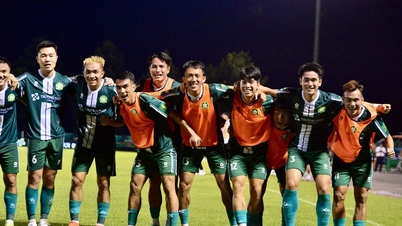

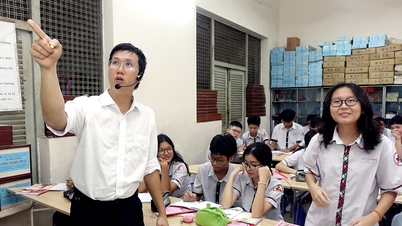
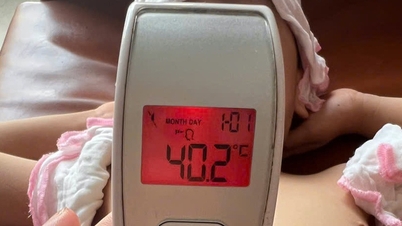
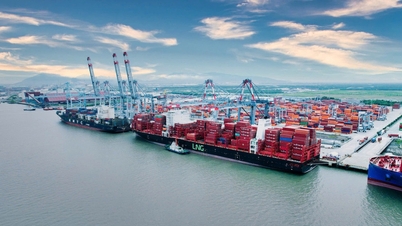

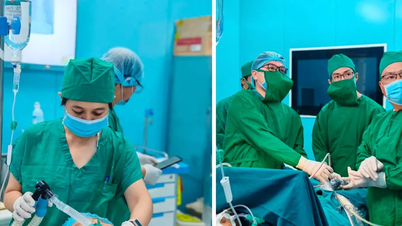

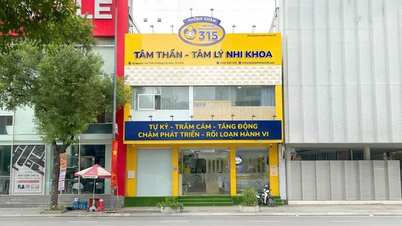

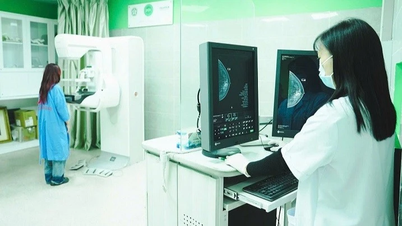









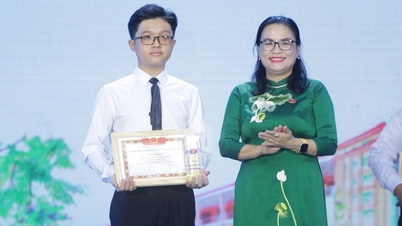





![[Photo] Bustling Mid-Autumn Festival at the Museum of Ethnology](https://vphoto.vietnam.vn/thumb/1200x675/vietnam/resource/IMAGE/2025/10/4/da8d5927734d4ca58e3eced14bc435a3)




















![[VIDEO] Summary of Petrovietnam's 50th Anniversary Ceremony](https://vphoto.vietnam.vn/thumb/402x226/vietnam/resource/IMAGE/2025/10/4/abe133bdb8114793a16d4fe3e5bd0f12)

![[VIDEO] GENERAL SECRETARY TO LAM AWARDS PETROVIETNAM 8 GOLDEN WORDS: "PIONEER - EXCELLENT - SUSTAINABLE - GLOBAL"](https://vphoto.vietnam.vn/thumb/402x226/vietnam/resource/IMAGE/2025/7/23/c2fdb48863e846cfa9fb8e6ea9cf44e7)


































Comment (0)